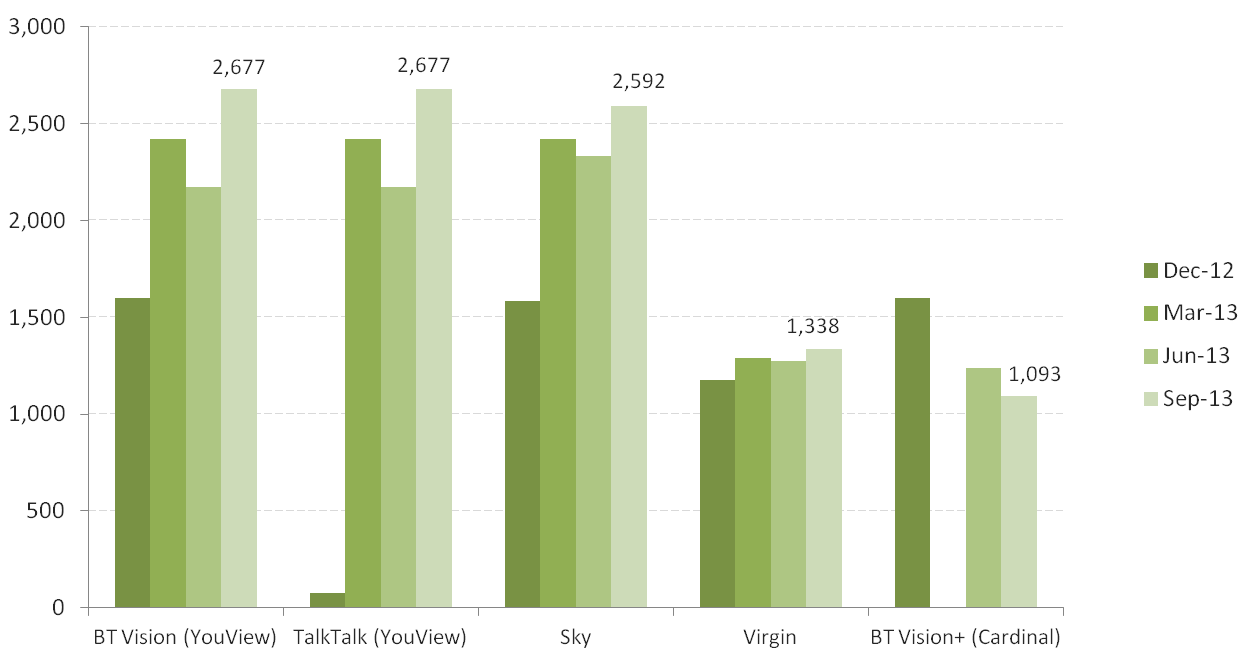 This blog is concerned with the arrival of a significant new form of VOD advertising – ‘platform’ VOD. This is the VOD advertising format that is slowly emerging on TV set top boxes in the UK and other TV markets.
This blog is concerned with the arrival of a significant new form of VOD advertising – ‘platform’ VOD. This is the VOD advertising format that is slowly emerging on TV set top boxes in the UK and other TV markets.
In the UK ‘platform VOD advertising has been taking some time to get established. On Virgin set top boxes in the UK there have been experiments with VOD advertising going for a few years, but only with the recent upgrade of its systems is it properly taking off. On Sky+ boxes (where until recently, it was impossible to insert adverts into VOD programmes) we are promised a summer roll out of ad insertion. On the Youview based boxes and the other free-to-air platforms, platform VOD has been treated as an extension of ‘player’ VOD – formats delivered through a broadcaster app like ITV Player or 4OD. It has been bundled and sold within the broader VOD advertising deals, and has not been broken out for reporting or measurement purposes. more “VOD Ads On TV Are Different to VOD Ads On The Web..and It Matters!”

